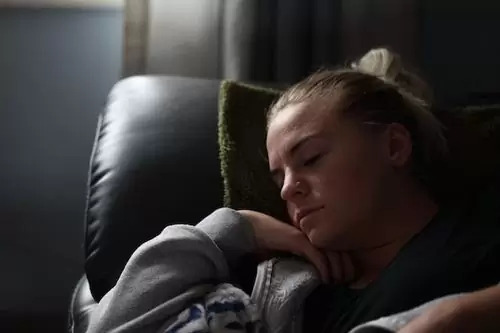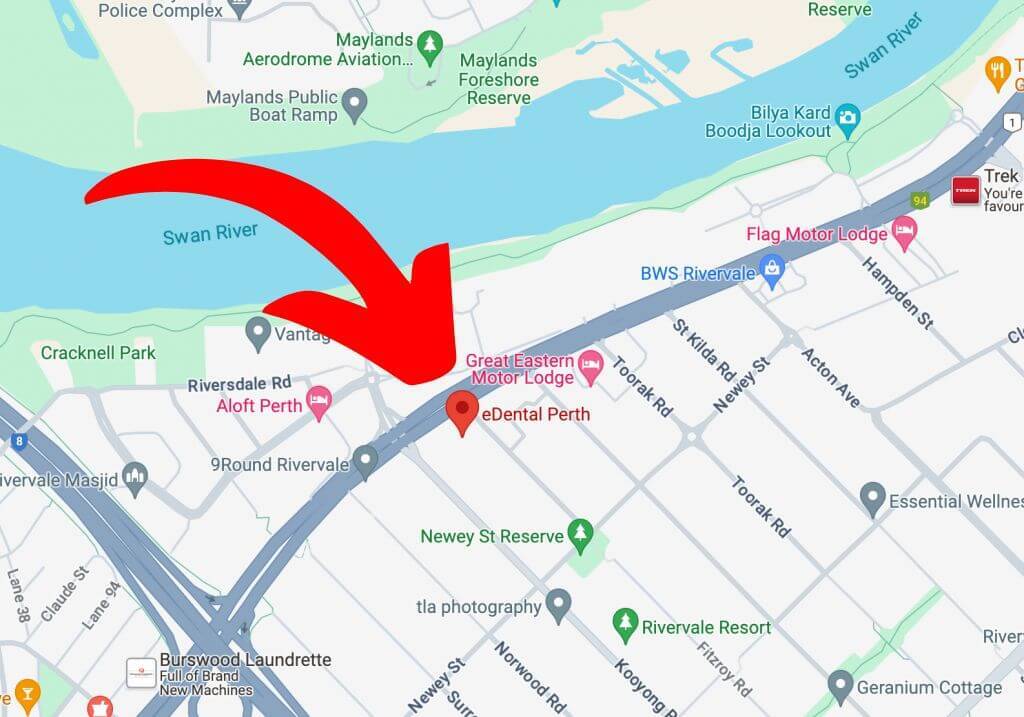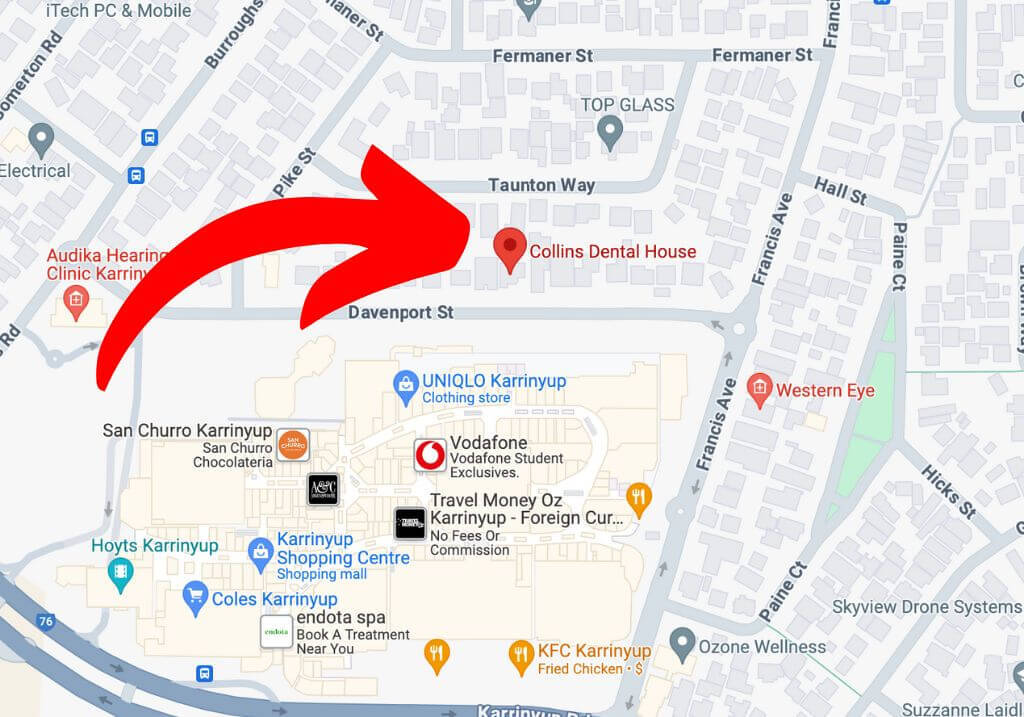Sleep apnoea is a serious sleep disorder that happens when a person’s breathing repeatedly stops and starts while they sleep. This gets in the way of the sleeper’s regular breathing pattern. If you don’t take care of it, it could cause you to snore loudly, feel tired during the day, or even have more severe health risks like heart problems or high blood pressure.
In this post, the professional dentists at eDental Perth will discuss more about what sleep apnoea is, its leading causes, types, and how to get it treated.
Sleep Apnoea: What Is It, Its Causes, and Common Types?
Sleep apnoea is a common sleep disorder in which a person stops breathing for short periods while sleeping. This could go on for a few seconds or a few minutes. People with sleep apnoea may quickly awaken throughout the night to struggle for breath, but they have no memory of the last night’s sleep.
Obstructive Sleep Apnoea (OSA) & Central Sleep Apnoea
Obstructive sleep apnoea is the type of sleep apnoea that most people have (OSA). It occurs when the soft tissue at the back of the throat relaxes while a person is sleeping and blocks the airway. The airway gets blocked, making it hard to breathe. Central sleep apnoea stops the normal signals from the brain to the body that tells the body to breathe.
Most people who suffer from sleep apnoea will have both types simultaneously.
The most obvious sign of this condition is a long-lasting need to sleep a lot during the day. Sleep apnoea symptoms include forgetfulness, a lousy night’s sleep, morning headaches, trouble focusing, impatience, changes in mood or behaviour, falling asleep during the day, loud snoring (with periods of silence followed by gasps), anxiety, and sadness. Other signs are being irritable and restless during the day.
Sleep apnoea is not always diagnosed when a person has all of these symptoms. If you have even one or two of these signs, you should go to the doctor immediately. People with a healthy weight are less likely to have sleep apnoea than those who are overweight or obese, especially adult men. Also, this illness happens more often in men than in women.
Sleep Apnoea Treatment Using CPAP Machines
There are different ways to treat sleep apnoea, and the one that works best for each person depends on their medical history and how bad their condition is. Most therapy programs start with changes to the person’s lifestyle, like giving up alcohol and drugs that calm the central nervous system (like sedatives and muscle relaxants), losing weight, and quitting smoking.
Some people may find it helpful to use special pillows or devices that keep them from sleeping on their backs. They may also find it helpful to use oral devices that keep their airways open while they sleep.
Continuous positive airway pressure, or CPAP, is a therapy that doctors often recommend if these less invasive methods don’t work. In this therapy, a face mask is connected to a tube and a machine that blasts high-pressure air into the mask and into the airway to keep the airway open.
The Food and Drug Administration of the United States of America has approved a device that can be surgically implanted in a person. This device monitors a person’s breathing signals while they sleep and stimulates a nerve to send signals to a muscle to restore normal breathing (FDA).
During the surgery, the device is put into the upper chest area. People with sleep apnoea may only be able to feel better if they use more than one treatment method at the same time.
Sleep Apnoea Treatment Using Dental Appliances or Mandibular Advancement Splints
The long-term use of mandibular advancement splints is another potential dental treatment for sleep apnoea (MAS). Mandibular advancement splints (MAS) cure mild to severe sleep apnoea and snoring. Splints are designed to be worn in the mouth while sleeping. These devices forward the lower jaw to maintain an open airway while the patient sleeps.
Even though CPAP is more effective in reducing the apnea-hypopnea index, most patients prefer mandibular advancement splints (MAS), according to short-term trials of 4-12 weeks of therapy. In randomized, controlled trials, mandibular advancement splints (MAS) and nasal continuous positive airway pressure (CPAP) have both been demonstrated to treat certain patients with sleep apnoea.
Common Prescription: Dental Splints for Sleep Apnea
Splints are commonly prescribed to people whose spouses have complained about their snoring or who have symptoms. Before ongoing use, the patient and their partner’s views on symptoms and side effects will be considered. This is because splints are often provided to those whose spouses are annoyed with them or have problems sleeping due to snoring. For additional advice, call us at eDental Perth.











